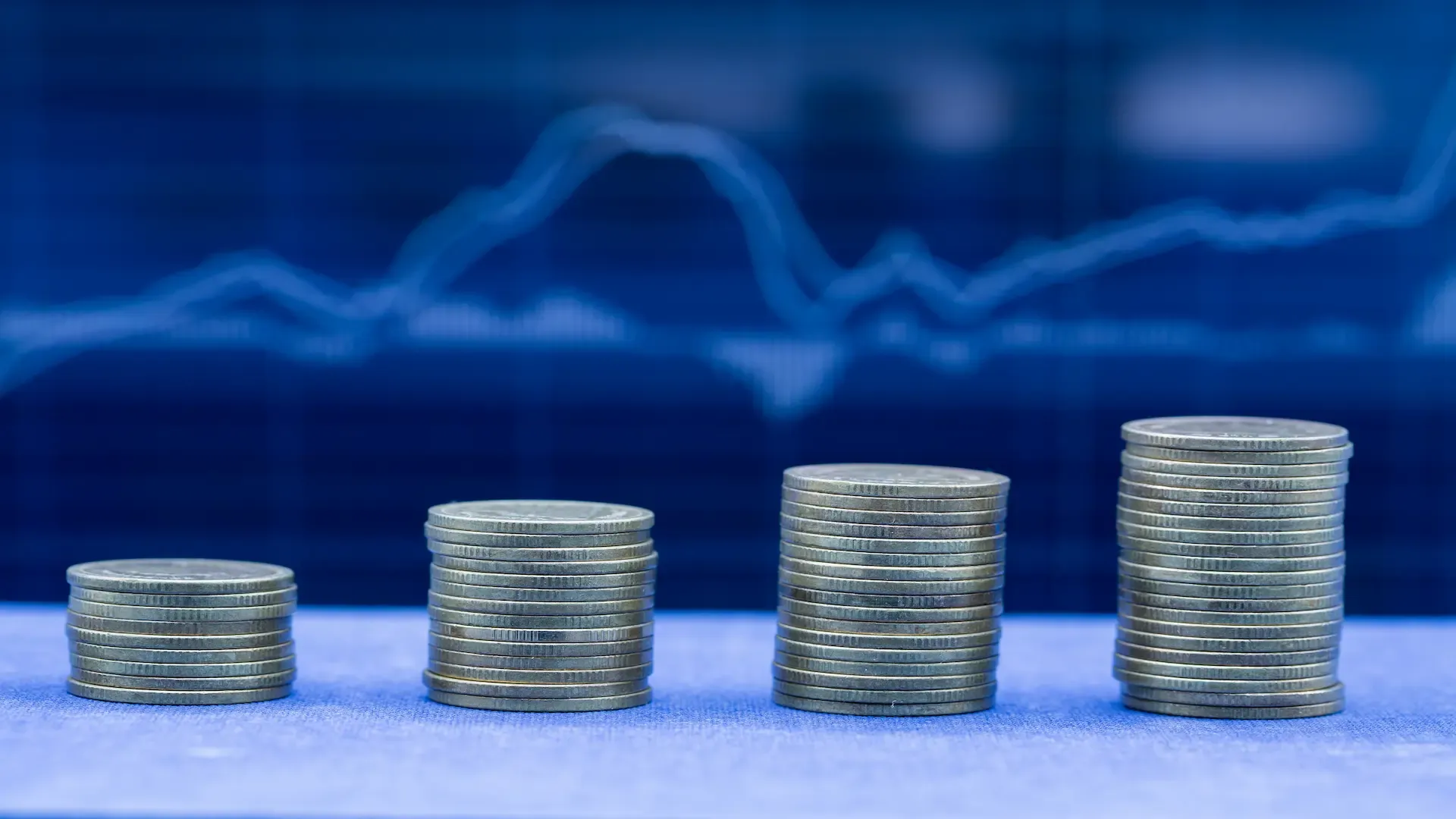Contracts for difference, better known as CFDs, are one of the most widely used trading instruments in today’s financial world. They may sound complicated at first glance, but once you strip away the jargon, trading CFDs becomes surprisingly easy to understand. Traders love them because they allow participation in global markets without actually owning the underlying asset.
When you open a trading account, you can take a CFD position on assets like gold, the euro, or even the Dow Jones index, speculating on price movements without physically buying them. This flexibility makes CFDs ideal for both beginners looking to get started and seasoned traders exploring new strategies. Whether managing one trading account or several, understanding how trading CFDs and opening a CFD position work is key to navigating financial markets effectively.
CFDs explained: A plain-language introduction
At their heart, trading CFDs involves financial contracts between a trader and a broker. The two parties agree to exchange the difference in the price of an asset between the moment the contract is opened and when it is closed. If the selling price moves in the trader’s favor, they make a profit. If it moves the other way, they face a loss. This mechanism makes CFDs accessible to both experienced traders and retail investors looking to enter global markets without owning the underlying assets.
What is a contract for difference CFD? Basic definition
A contract for difference is a derivative instrument that mirrors the price of an underlying asset. Instead of buying shares of a company or a barrel of oil, you trade CFDs that follow the asset’s sell price and overall market movements.
How contracts for difference differ from owning the underlying asset
When you own shares in a company, you have shareholder rights such as dividends or voting. With a CFD, you only speculate on market price changes. You never actually own the share, commodity, or currency. This makes CFDs flexible, allowing retail investors to access global markets, but also inherently speculative in nature.
CFD trading, who uses CFDs, and why
CFDs attract a wide range of traders because of their versatility.
Typical profiles of CFD traders
Retail traders often use retail investor accounts to trade contracts for difference (CFD) for quick speculation. Experienced traders may use them to hedge portfolios or test strategies in fast-moving markets.
Institutional vs retail participation in the CFD market
While institutions have direct access to futures and options markets, retail investors typically prefer contracts for difference (CFD) due to lower entry requirements and easier access through online platforms. This makes retail investor accounts a popular choice for those looking to explore global financial markets without the need for large capital or owning the underlying assets.
CFD trading works, mechanics step-by-step
How CFDs work: entry, exit, and settlement
Trading a CFD involves choosing an asset, selecting a trade size, and deciding whether to buy (go long) or sell (go short). A reliable CFD broker facilitates this process, ensuring your trades are executed efficiently and transparently. When the trade is closed, the CFD broker settles the difference between the entry and exit prices.
Margin, leverage, and required collateral
CFD trading enables traders to use leverage, meaning you only need to deposit a fraction of the full trade value, called margin. While leverage magnifies potential gains, it also increases potential losses, so careful risk management is essential.
Example trade walkthrough (long and short)
Suppose you expect Tesla shares to rise. Instead of buying 100 shares outright, you enter a CFD long position. If the price rises by 5 percent, you profit from that move without spending the full cost of buying shares. On the flip side, if you believe a stock will fall, you can short sell via a CFD. If the price drops, you gain from the decline.
How overnight financing and swaps affect P&L
Holding a CFD position overnight often incurs financing costs, known as swaps. These small fees accumulate over time and should be factored into your strategy.
Financial instruments: CFDs in the derivatives universe
CFDs vs options, futures, and swaps
CFDs are similar to futures and options in that they derive value from an asset in the underlying market. However, CFDs are more straightforward: there is no expiry date and no obligation to buy or sell at maturity. Traders simply track CFD prices, which move in line with the underlying market, allowing them to profit from price changes without owning the actual asset.
When to use contracts for difference vs buying the asset
If you want ownership and dividends, buy the asset directly. If you want to speculate on price movements in the underlying market with less capital, trading CFDs and following CFD prices may be the smarter choice.
CFD trading: costs, fees, and execution
Spreads, commissions, and hidden costs
Brokers make money on CFDs mainly through the spread, which is the difference between the buy and sell price. Some brokers may also charge commissions or account fees.
Slippage, liquidity, and market impact
Fast-moving markets may result in slippage, where your trade executes at a slightly different price than expected. Liquidity plays a big role here; higher liquidity usually means smoother execution.
How market volatility influences CFDs' work in practice
During volatile events like earnings releases or central bank announcements, spreads can widen and execution can become less predictable. Traders need to stay cautious.
CFD market structure and who participates in financial markets
Brokers, market makers, and liquidity providers
Brokers connect traders to markets, while market makers provide the quotes. Liquidity providers ensure that buyers and sellers can find each other efficiently.
Exchanges vs OTC: where CFDs are priced
Unlike stocks, most CFDs are traded over the counter. This means the broker sets prices based on the underlying market.
CFD providers, choosing a broker
Choose a Regulated Broker Like 24markets.com
Selecting a regulated and trustworthy broker is essential. 24markets.com provides transparent pricing, client protection, and user-friendly platforms that help traders focus on strategy instead of worrying about safety.
Platform features, execution model, and client protections
Look for platforms that offer quick execution, clear reporting, and educational resources. A reliable broker also provides risk management tools and strong customer support.
Withdrawal policies, negative balance protection, and client money segregation
Top brokers, including 24markets.com, follow strict standards like segregating client funds, offering negative balance protection, and ensuring fast withdrawals.
Risks and risk management for CFD trading
Benefits and risks of trading CFDs
Benefits include access to global markets, leverage, and the ability to short sell. Risks involve magnified losses, financing costs, and market volatility.
Position sizing, stop-losses, and risk controls
Effective risk management comes from setting stop-loss orders, calculating trade sizes carefully, and never risking more than you can afford to lose.
Avoiding common pitfalls for new traders
New traders often overuse leverage or trade without a plan. Avoiding these mistakes is crucial for long-term success.
Strategies and practical examples
Short-term trading: scalping & day trading with CFDs
Some traders prefer rapid-fire trades that last minutes or hours, aiming for small gains repeatedly.
Hedging and portfolio protection using contracts for differences
CFDs are also effective hedging tools. Investors can protect portfolios by shorting indices or commodities when markets turn uncertain.
Example: hedging equity exposure with index CFDs
Imagine holding a basket of tech stocks. If you fear a short-term decline, you can short an index CFD to balance potential losses.
Comparison: the difference between trading and investing
Time horizons, costs, and tax considerations
Trading CFDs usually involves short-term horizons and frequent costs like spreads and financing. Investing tends to focus on long-term growth and dividends.
When CFDs are appropriate vs long-term investing
If you want exposure without full ownership or want to speculate on falling prices, CFDs are suitable. For wealth-building, traditional investing may be more appropriate.
How to start learning trading step by step (CFD focus)
Demo accounts, paper trading, and building a learning plan
Beginners should start with demo accounts. Platforms such as 24markets.com provide risk-free practice environments, allowing traders to test strategies before committing real money.
What moves prices in the stock market and market volatility
Macro drivers, news events, and orderflow
Economic data, interest rates, company earnings, and geopolitical events all influence market prices.
Tools to understand market volatility for CFD traders
Charts, volatility indices, and news feeds help traders anticipate price swings and manage positions more effectively.
Types of financial markets with examples relevant to CFDs
Forex, indices, commodities, shares, and crypto CFDs
CFDs provide exposure to almost every asset class, from major currencies and indices to gold, oil, and even cryptocurrencies.
When different asset classes behave differently in CFD trading
Forex often reacts to interest rates, commodities to supply-demand shocks, and equities to earnings and sentiment.
Quick definitions: CFDs, CFD trading, and How CFDs work.
- CFD: Contract for difference, a derivative tracking the asset price.
- CFD trading: Speculating on price changes via contracts.
- How CFDs work: Profit or loss is the difference between entry and exit prices.
How to evaluate an education center from a CFD provider
Quality providers like 24markets.com offer structured courses, webinars, and tutorials that help traders progress step by step.
Staying up to date on CFD regulation and market changes
Regulation evolves, and traders should follow updates to remain compliant and protect their capital.













